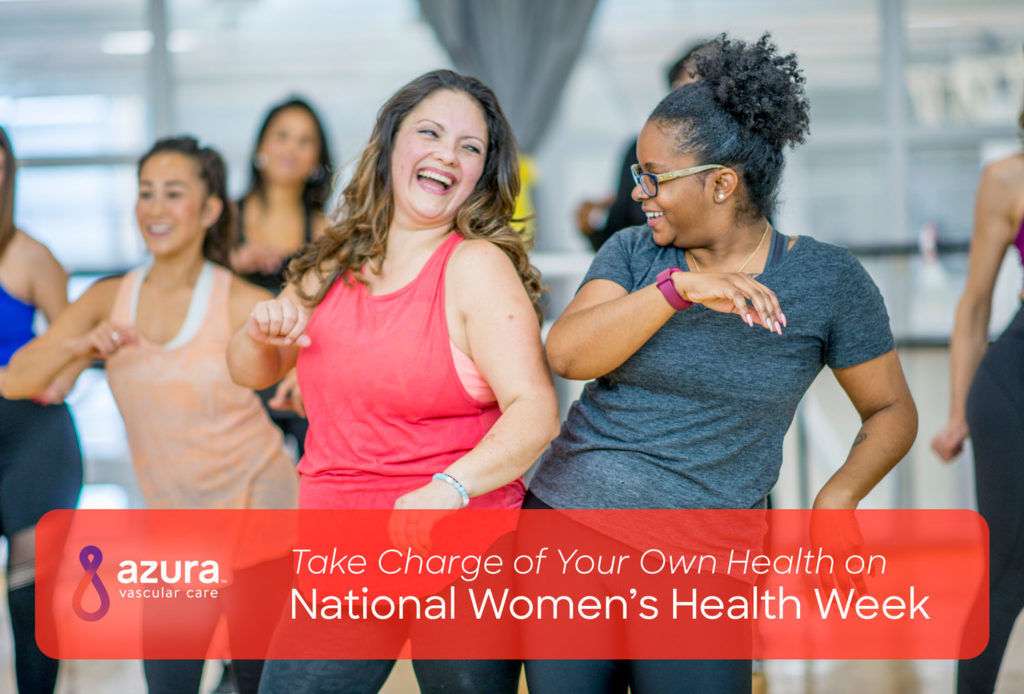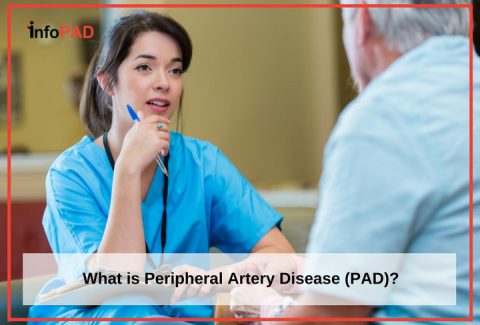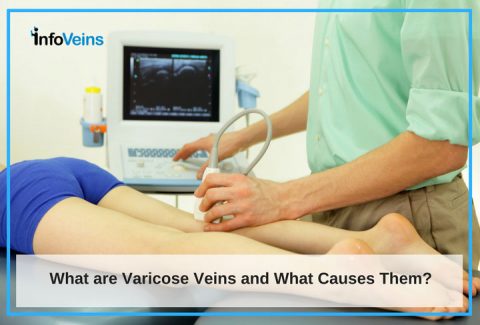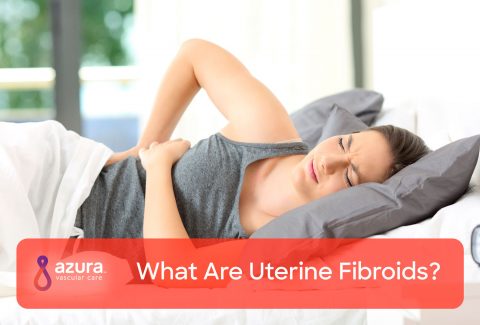
This year, National Women’s Health Week begins on Mother’s Day, Sunday, May 12 and continues through May 18, 2019.
The week has been set aside by the Office on Women’s Health, a part of the US Department of Health and Human Services, in an effort to bring awareness to women’s health issues.i
This awareness includes health maintenance and the prevention, diagnosis, research and treatment of diseases and health concerns that affect women across the country. Although women’s access to healthcare has improved greatly in the US in recent decades, women’s health issues have traditionally been under-recognized. This week marks an excellent opportunity to refocus on your health or the health of the women in your life.
There are many diseases that disproportionately or solely affect women. For example, women are at higher risk of developing varicose veins and conditions including uterine fibroids only strike women.
Varicose Veins
Varicose veins are usually obvious by their appearance alone. If the veins in your legs or ankles are gnarled-looking, twisted or dark blue or black, they are likely varicose veins.
Although varicose veins are sometimes asymptomatic, symptoms may include:
- Heaviness and achiness in your legs
- An itching or burning sensation
- Occasional bleeding that is difficult to stop once started ii
Women are more prone to varicose veins than men, mainly due to hormonal variations experienced during puberty, pregnancy and menopause. Fortunately, contrary to what many believe, even extremely large varicose veins usually do not require open surgery for treatment. Rather, the vast majority of varicose veins can be treated through advanced minimally-invasive procedures, such as radiofrequency ablation and laser therapy. These techniques are advantageous because they generally do not require general anesthesia or a hospital stay.ii
It’s important to make sure you choose an experienced specialist for your varicose vein procedure. Do your research and select a qualified vascular specialist who is skilled in these techniques.
Uterine Fibroids
Uterine fibroids are the most common benign gynecological tumor, and the reason for the majority of hysterectomies, or surgical removal of the womb. Many uterine fibroids don’t cause symptoms and are only found during a pelvic exam. However, women who do have symptoms related to their uterine fibroids may experience:
- Pelvic pain
- Abnormally heavy periods iii
Although hysterectomy was once the traditional treatment for troublesome fibroids, it’s really important for women diagnosed with uterine fibroids to understand that a full hysterectomy is not the only option for treatment.
Uterine fibroid embolization (UFE) is an innovative minimally-invasive procedure to treat fibroids without surgery or removal of the uterus. During the procedure, an interventional radiologist uses a catheter to inject small spheres that block blood flow to your fibroids, essentially starving them and causing them to die. UFE has a success rate of around 85-90% and preserves fertility in many cases.iii UFE allows you to avoid surgery and a prolonged hospital stay. You also benefit from a shortened recovery time versus a hysterectomy.
So this year, take action and learn more about these and other women’s health risks, including peripheral arterial disease, which affects men and women with symptoms that often go undiagnosed.
Peripheral Artery Disease (PAD)
Peripheral artery disease (PAD) is the restriction of blood flow to your limbs, usually your legs, due to narrowing of the arteries. This narrowing is caused by a buildup of fatty deposits, known as plaque, in your arteries. iv
Until very recently, doctors believed PAD affected men more often than women.v However, we now know this is not the case. In fact, PAD occurs in women at the same rate or even more often than in men. vi
Symptoms of PAD can include:
- Leg heaviness and swelling
- Tired legs when walking
- Leg cramps
- A purplish or red color to your feet and legs
- Hair loss on your lower limbs iv
But the most important thing to know about PAD is that it’s not uncommon for it to occur with no noticeable symptoms at all.iv Left untreated, PAD can have serious complications including non-healing foot sores, lower limb amputation and even death.
Fortunately, most times PAD can often be effectively treated with lifestyle changes alone. These include measures like improving your diet, smoking cessation, getting more exercise and keeping your legs elevated. When further treatment is necessary, many patients choose treatment options such as arteriogram, angioplasty and stenting or atherectomy. These minimally-invasive options do not involve surgery. During these outpatient procedures, an interventional radiologist or vascular surgeon will insert a balloon catheter into your arteries to reduce the narrowing. Sometimes, placement of a stent, or hollow tube, to keep your artery open is necessary.iv
As with all health issues, early diagnosis and treatment of PAD is critical. Be sure to inform your doctor at the first sign of symptoms, and follow all of your healthcare providers’ instructions.
National Women’s Health Week is here. This year, arm yourself with the facts and make your health and wellbeing a priority. The saying knowledge is power is true…and you owe it to yourself to be your own powerful advocate.
Sources:
i Office on Women’s Health. NWHW. https://www.womenshealth.gov/nwhw (updated 4/21/2017, accessed 4/22/2017)
ii Mayo Clinic. Varicose Veins Overview. http://www.mayoclinic.org/diseases-conditions/varicose-veins/home/ovc-20178078 (updated 1/22/2016, accessed 4/22/2017)
iii Johns Hopkins. Uterine Fibroids. http://www.hopkinsmedicine.org/gynecology_obstetrics/specialty_areas/gynecological_services/conditions/fibroids.html (accessed 4/22/2017)
iv Mayo Clinic. Peripheral artery disease (PAD). http://www.mayoclinic.org/diseases-conditions/peripheral-artery-disease/home/ovc-20167418 (updated 12/24/2015, accessed 4/22/2017)
v Hernandez-Villa, E.A, Coulter, S.A. “Peripheral arterial disease in women.” Tex Heart Inst J, 2011. 38(2): p. 154-156. https://www.ncbi.nlm.nih.gov/pmc/articles/PMC3066799
vi Teodorescu, V.J., Vavra, A.K., Kibbe, M.R. “Peripheral arterial disease in women.” J Vas Surg. 2013. 57(5): p. 18S-26S. http://www.jvascsurg.org/article/S0741-5214(12)02389-0/fulltext


